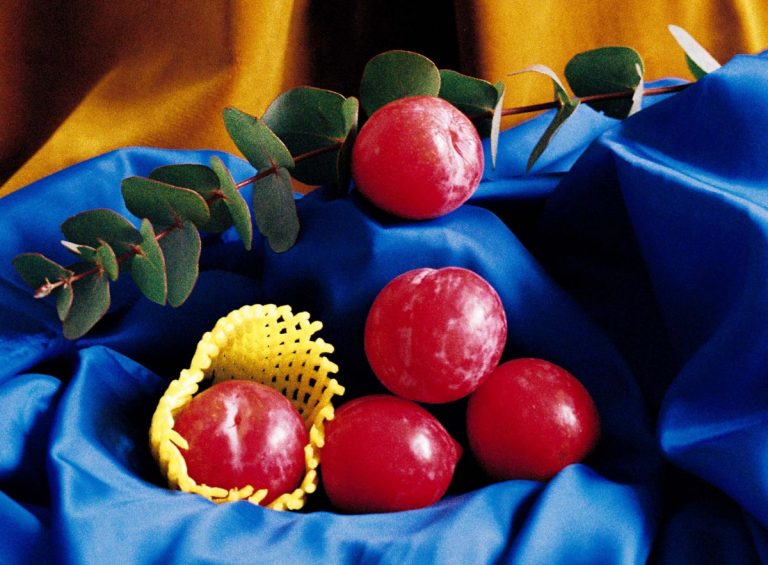Fruit jewellery: the accessory trend still taking over Instagram
Cherries? Check. Watermelons? Check. Bananas? Check. Lemons? Check. Tomatoes? Triple check! What sounds like my grocery list is actually what’s been donning my ears, neck and wrists for some time.
You would think the fruit jewellery trend would have been over by now. Something that’s been seen on the limbs of Repeller’s founder Leandra Medine, designer Susan Alexandra’s beaded bags and supermodel Gigi Hadid since 2017, has superseded any ‘usual’ amount of hype time. Especially when trends these days don’t last as long as your latest lockdown boo.
Am I surprised? Of course not. There’s a rationale behind a stud shaped like an aubergine, an unnecessary but ever necessary lime charm added to your classic hoop earring and pearl necklaces becoming eccentric through vegetables you’d usually find in your soup.
In a time where time itself has both slowed down and sped up, where every decision feels both final and irrelevant and when we are constantly being reminded of how precious life is all around us while also being ultimately temporary, jewellery that resembles a picnic spread is fun—something that we all need at the moment.
Fun nowadays is a concept that’s so simplistic, and wearing fruit jewellery is the perfect example of exactly how simple having fun has become: it is not based on exhausted and played out reaction but rather it’s a breather from everything else. In other words, fruit jewellery is about allowing yourself the superficial joy, the ultimate act of just being, without the politics.
It’s why after all these years, Carrie Bradshaw’s style lives on. We all know Sex and The City is outdated in its views but there will always be something freeing about witnessing a woman dress her body for her and herself only. Not even necessarily for the other women in the room either but as a middle-finger to the growing obsession we all have with looking ‘perfect’.
In 2020, it would be weird to upload every single bad image of yourself and your drunken friends from a night out (who’s really going out-out anyway?). Now, if your skin isn’t as smooth as your captions, that doesn’t automatically and mathematically as well as spiritually, emotionally and logically fit into your public image, which is why now, rarely anything is shared without being curated beforehand.
Fruit jewellery isn’t originally punk. It doesn’t initially scream rebellion but it does say one’s carefree and unbridled from an image of what a grown woman should be. It oozes the message that looking feminine doesn’t have to be balanced with a handful of masculinity to be taken seriously. Which is undoubtedly punk and rebellion in its most simplicity.
Don’t get me wrong, there’s a logic in how to wear fruit jewellery. It tends to be playful—executed in layers and mismatched to represent that none of us knows what they’re doing with their lives. Yet the act of playing has momentum and like all things style-related, it bleeds into how you take on the day. Dressing up your wrists in the morning and bringing the essence of summer into your autumnal months isn’t something to let rush by. In fact, when tallied up, it’s part of one of the bigger domino effects of the day.
So layer up your baguette of rings, the 5-a-day singing a haiku across your hands. Be purposefully silly and fun, because why not? Because if we can’t do that, then what can we achieve wholeheartedly?





